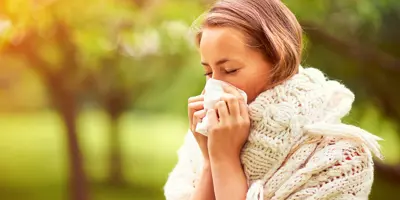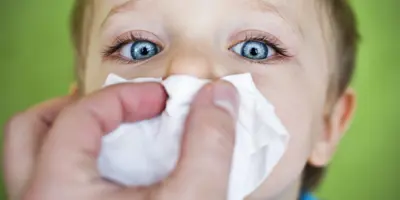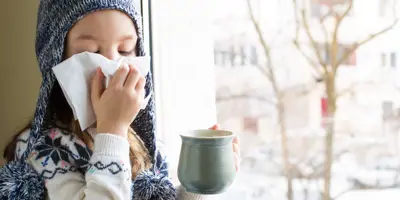83 people found this helpful

When you suffer from hay fever, the latest news about the pollen count makes for essential reading! It helps you plan where you can and can’t go. But are there certain parts of the U.K. that are the worst places for pollen? And what about the city versus the countryside when it comes to pollen concentration? Here we’ll answer all of your questions.
Pollen load: inland versus the coast
You’ll find that places inland tend to have a higher pollen count than the coast. This is partly due to the affect of weather on pollen flight. It’s also because the fresh sea air helps to keep your nose and airways clear, and you don’t often get pollen-rich vegetation on the beach.
Pollen: city versus countryside
It would be natural to assume that the pollen load is higher in the countryside than urban areas, given that we think of rural areas as having more plants. And it’s true that you’ll typically find the pollen count – particularly grass pollen – to be lower in cities.
However, research by Worcester University has revealed there are twice as many hay fever sufferers in built-up towns and cities versus the countryside. Why? It’s down to weather, pollution and stress.
Whether you’re inland, on the coast, in the countryside or in the city, keep a handy tissue pack like Cushelle Pocket Pack Tissues with you. They’ll help you catch sneezes and wipe your runny nose while being soft on your skin.
Why more city-dwellers have hay fever despite lower pollen concentration
Grass, tree and weed pollen particles get trapped closer to the ground in built-up towns and cities because of traffic pollution combining with dust clouds. These clouds of dust and pollen hang around on days where there’s no wind to break them up.
The air pollution in urban areas also affects our respiratory tracts, making hay fever symptoms worse. (It’s not just the pollen; city-dwellers are also more prone to higher stress levels, which can make them more susceptible to allergies like hay fever).
London’s pollen load
Certain cities also have plants that produce a lot of pollen – making them worse for pollen concentration compared with other places. London in particular has lots of tree pollen because of the city’s greenery. Its landscapers tend to plant predominantly male trees, because female trees are considered ‘messier’ – due to shedding seeds, fruits or pods. However, male trees and plants produce a lot of allergenic pollen.
The best and worst places for pollen in the UK
That’s the city versus the countryside covered, but what about the north versus the south – is there a difference in pollen load and pollen flight? According to the Met Office, there is. The north of the U.K. generally has less pollen, so the hay fever season starts later and lasts for less time than in the south.
Pollen types across the UK
If you know your allergy is down to one particular type of pollen, then you might find the University of Exeter Medical School’s hay fever map of Britain helpful. It shows the location of plants that can trigger the allergy.
For example, there’s a higher percentage of allergenic grass in western regions of Britain including Wales, while the eastern central area has the lowest percentage. It also tells you that birch and hazel trees are predominantly in the southeast of England.
With information like this about pollen count levels across the UK you can better plan how to avoid the worst places for pollen, and how to help alleviate your hay fever symptoms.
Related articles
The truth behind hay fever causes: hay fever myths debunked
What causes hay fever? We debunk the myths surrounding hay fever triggers and answer common questions like is hay fever contagious? Find the answers here.

5 natural and herbal remedies for hay fever to try at home
Want to know how to treat a pollen allergy at home? Discover five options, from herbal teas and steaming to herbal remedies for hay fever relief, here.

4 tips for unblocking a newborn’s nose
Learn how to blow a baby's nose and how to teach nose blowing to older children with this guide on how to clean baby nose blockages.

Nosebleeds Causes: Why They Happen and How to Prevent Them
Learn about the most common nosebleeds causes here with Cushelle. Find out the link between a cold and a nosebleed, plus ways of preventing them.

A guide to cross-reactivity allergy issues
Are you looking for info about cross-reactivity? Oral allergy syndrome? Latex-fruit syndrome? Discover the facts, and what you can do about it, here.

How to blow your nose: 5 nose blowing tips for parents and kids
Teaching kids to blow their nose can be a challenge. Follow our useful kid-friendly guide for some handy tips and techniques on how to blow a child's nose.



